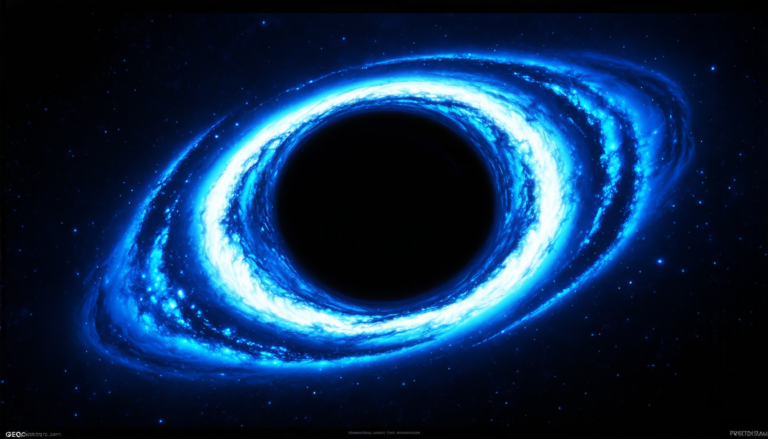Monday 07 April 2025
A team of scientists has made a significant discovery about the structure of coronal mass ejections (CMEs), massive bursts of energy that erupt from the sun and can affect Earth’s magnetic field. Using data from three spacecraft, they were able to reconstruct the shape and behavior of a particularly intense CME that occurred in November 2023.
The researchers used a combination of imaging and in-situ measurements to build a detailed picture of the CME’s structure and evolution. They found that the CME was shaped like a magnetic flux rope, a type of tube-like structure that is filled with charged particles. This shape allowed them to test whether the MFR (magnetic flux rope) model could accurately predict the behavior of the CME as it interacted with the spacecraft.
The team’s results show that the MFR model was surprisingly successful in predicting the magnetic field measurements made by the three spacecraft, which were stationed at different distances from the sun. The closest spacecraft, STEREO-A, passed through the center of the MFR, while the more distant spacecraft, Solar Orbiter, grazed its edge.
The researchers found that the MFR model was able to accurately predict the direction and strength of the magnetic field measurements made by all three spacecraft, even though they were separated by large distances. This suggests that the MFR structure is a robust feature of CMEs, and that it plays a key role in shaping their behavior as they interact with Earth’s magnetic field.
One of the most impressive aspects of the study was its ability to predict the behavior of the CME at Solar Orbiter, which was farthest from the sun. The MFR model predicted that the spacecraft would see a signi- ficant positive and roughly flat Bx (azimuthal) field component, and this is exactly what was observed.
The results of this study have significant implications for our understanding of CMEs and their impact on Earth’s magnetic field. They suggest that the MFR model can be used to predict the behavior of CMEs at distant spacecraft, which could help scientists better understand how these events affect our planet’s magnetic field.
The study also highlights the importance of multipoint measurements in understanding complex space weather phenomena like CMEs. By combining data from multiple spacecraft, researchers were able to build a more detailed and accurate picture of the CME’s structure and behavior than would have been possible with single-point observations alone.
Cite this article: “Cosmic Storms: Unraveling the Mystery of Solar Flares”, The Science Archive, 2025.
Coronal Mass Ejections, Cmes, Magnetic Flux Ropes, Mfr Model, Spacecraft, Solar Wind, Space Weather, Magnetic Field, Earth’S Magnetic Field, Astronomy.







